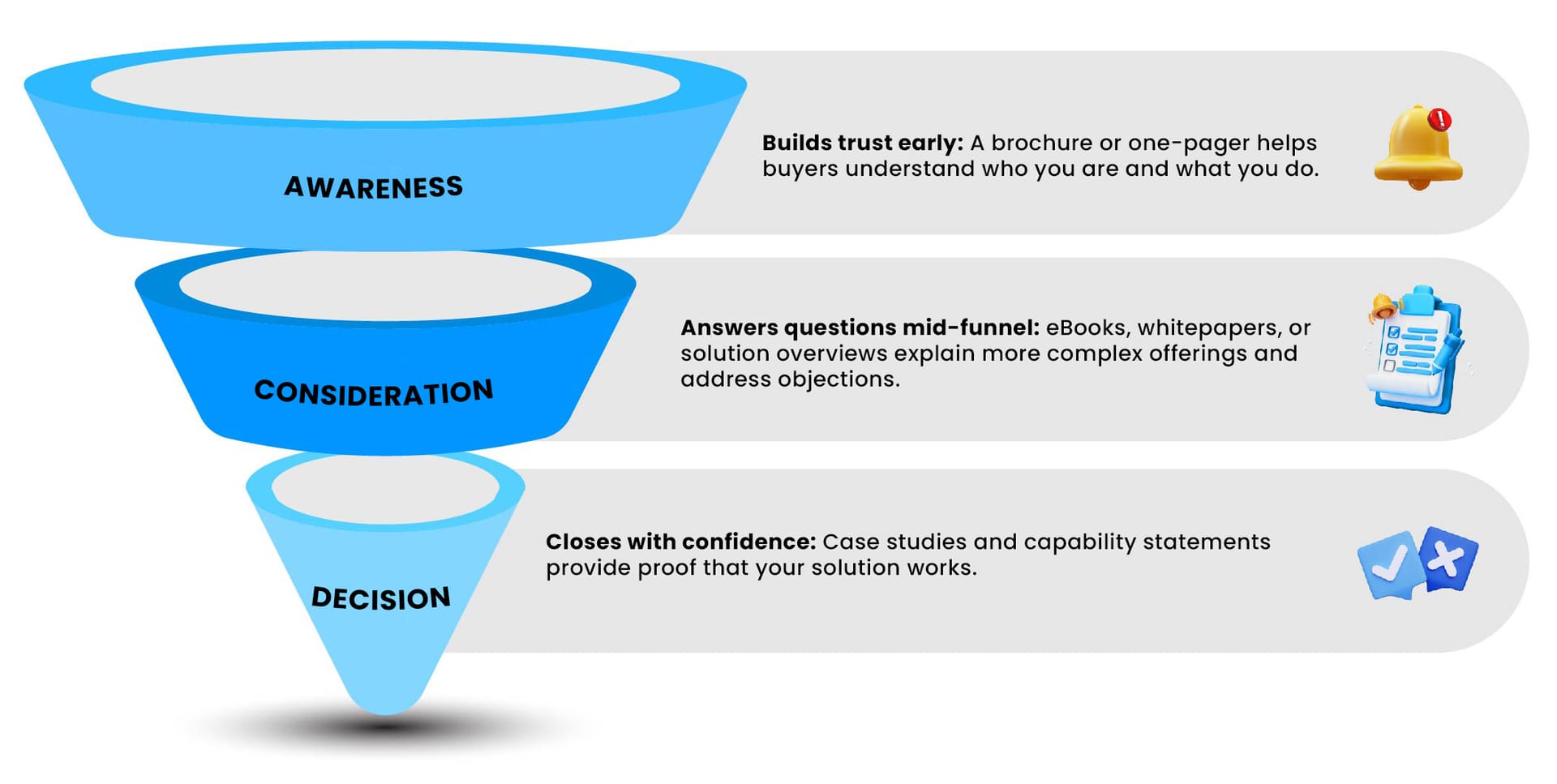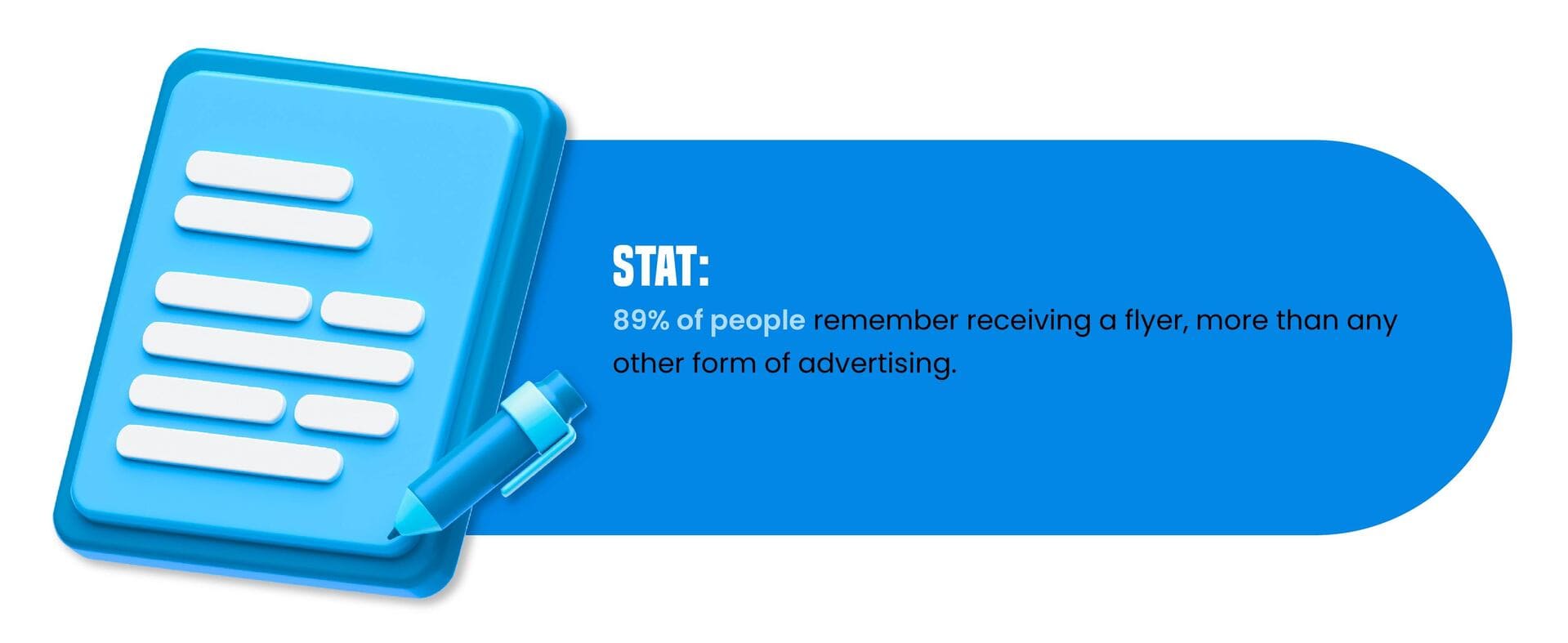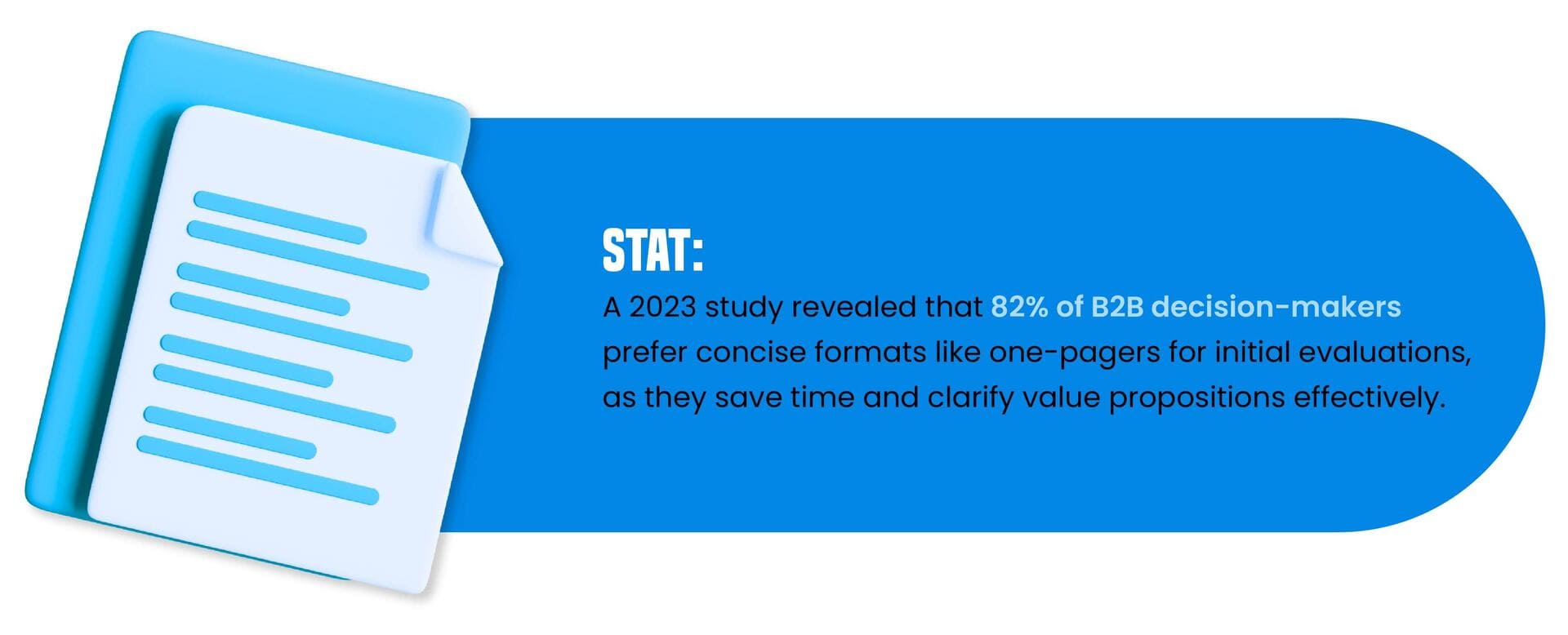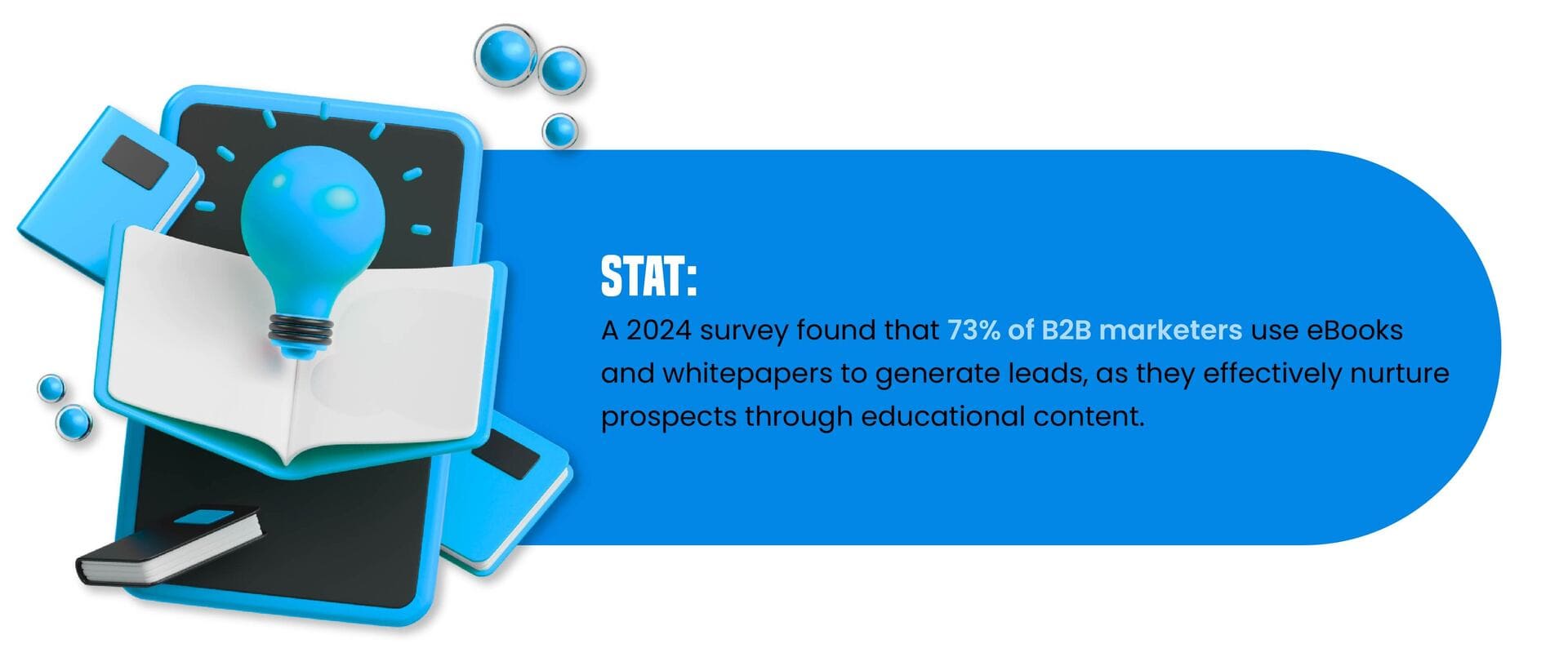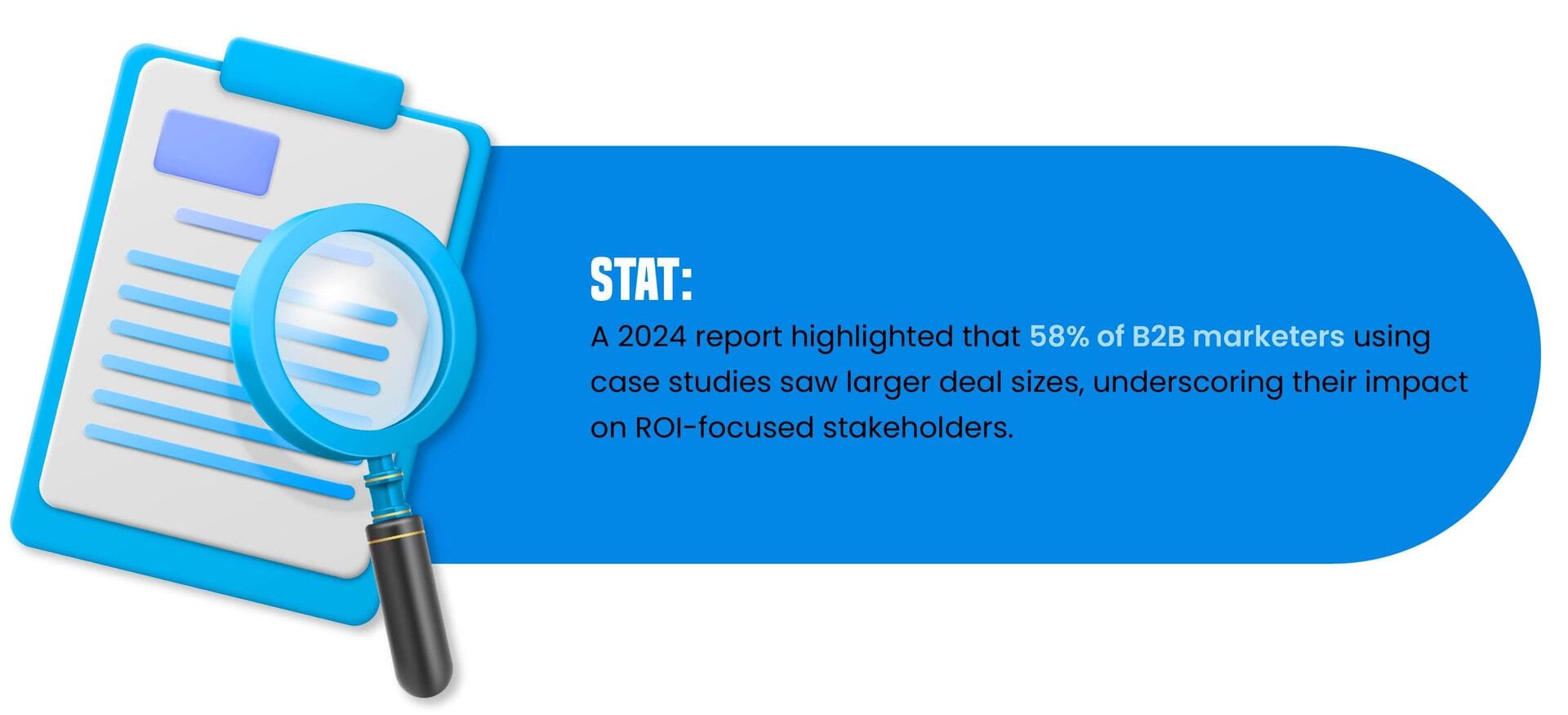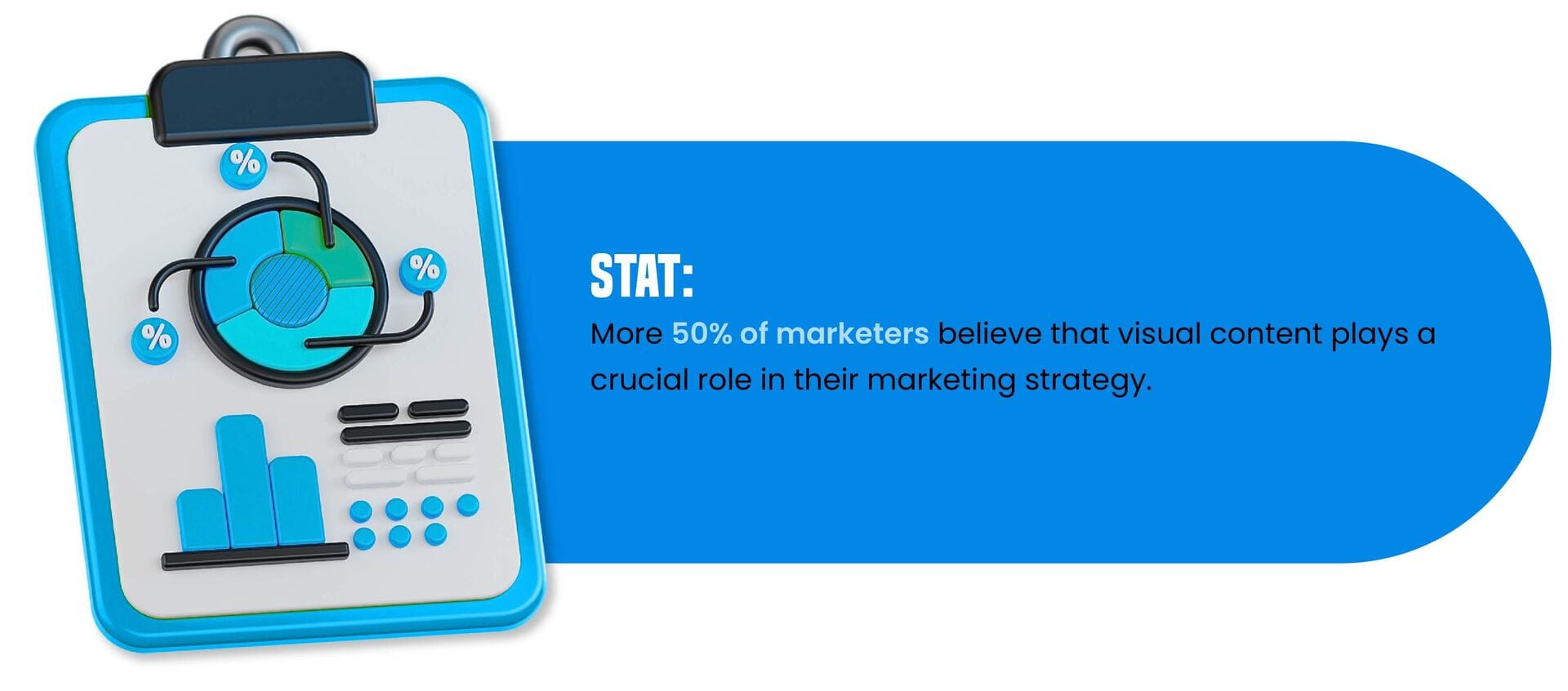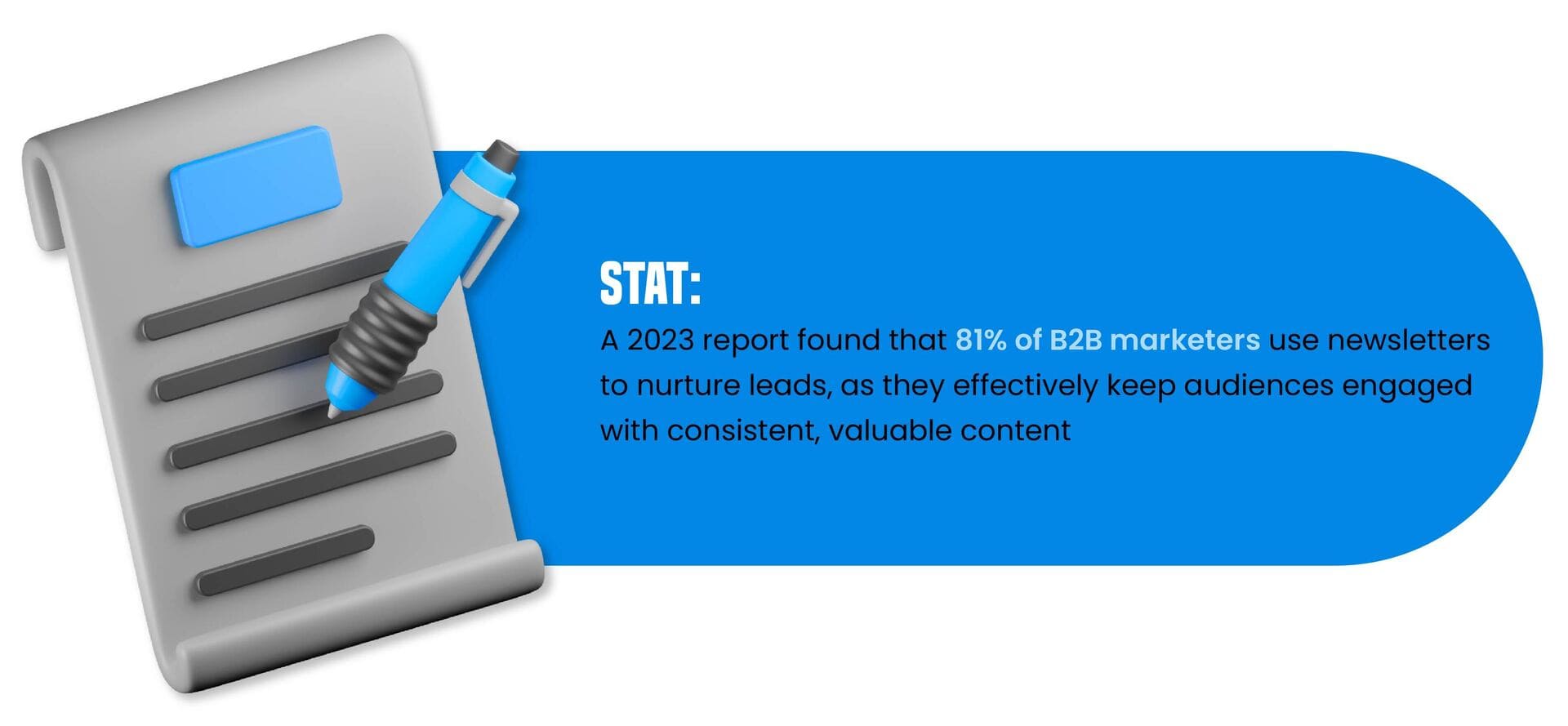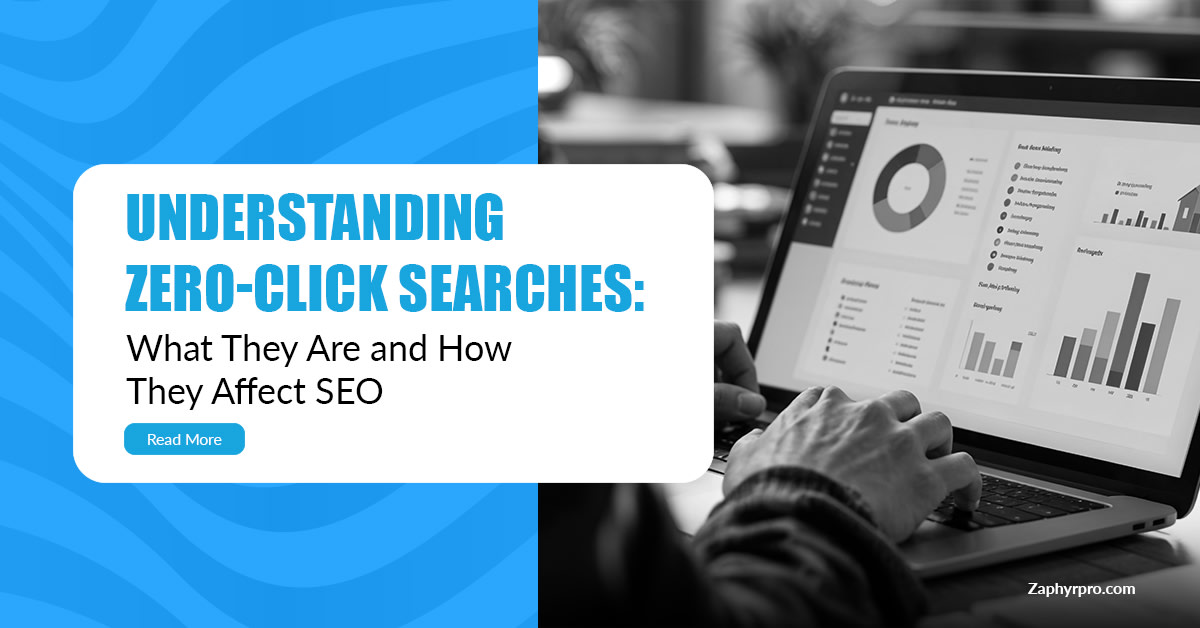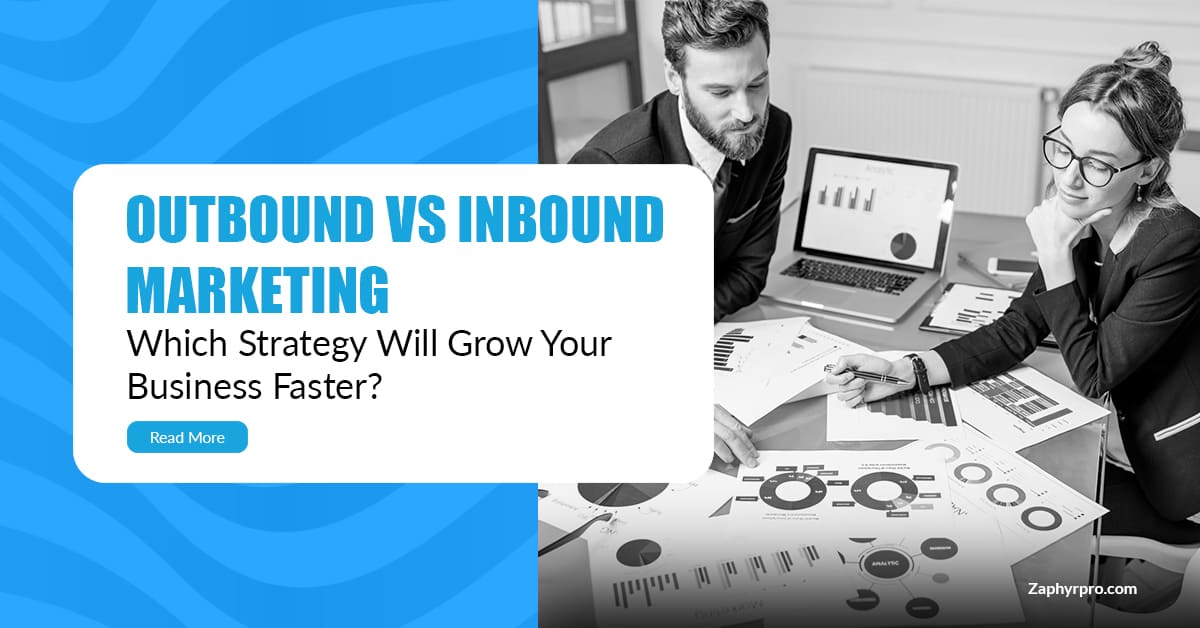A prospect shows real interest during a sales call. The conversation flows, there’s clear alignment, and everything points to next steps. Then comes the question: “Do you have something I can share with my team?”
And just like that, the energy shifts.
Not because your offer wasn’t solid — but because you didn’t have anything ready to support the conversation. No one-pager, no case study, no visual summary to keep the momentum going.
It’s a common challenge. Sales teams often carry the conversation, but without the right marketing collateral, deals can slow down or even disappear.
Marketing collateral isn’t just extra material — it’s what helps prospects understand, remember, and share your value. It backs up what your sales team says and gives buyers something tangible to hold onto as they make decisions.
If your company is already investing in content marketing services, it’s worth asking: are you creating the right content to support sales?
In this blog, we’ll explore how marketing collateral plays a key role in B2B success — what formats work best, how they support each stage of the sales process, and how to build a content stack that drives real results.
What Is Marketing Collateral?
Before someone agrees to buy from you, they need more than a pitch — they need proof. That’s where marketing collateral comes in. It’s the content your prospects rely on to understand your offer, evaluate its value, and share it with others involved in the buying decision.
In B2B sales, decisions often involve multiple people, long timelines, and a lot of comparison. So, whether it’s a one-pager that simplifies your services or a case study that proves your results, every piece of collateral plays a role in turning interest into action.
But here’s the thing: marketing collateral isn’t just about handing someone a brochure.
Today, it’s a core part of modern content marketing, especially in B2B. It includes everything from one-pagers and whitepapers to eBooks, newsletters, and visual content like infographics — all crafted to help a prospect move from curiosity to confidence.
What Does Marketing Collateral for Business Typically Include?
- Sales Enablement Materials: One-pagers, capability statements, and brochures that outline services clearly and concisely.
- Thought Leadership Content: Whitepapers, eBooks, and blog content that educate and build trust.
- Proof-Driven Assets: Case studies and testimonials that show real results.
- Visual Aids: Infographics and flyers that simplify complex information.
When created with intention, marketing collateral for business does more than inform — it accelerates. It keeps your brand top-of-mind, answers buyer questions, and builds credibility, even when your sales team isn’t present.
That’s why content marketing isn’t just about filling your blog. It’s about building a toolkit your sales team can rely on every day — because great collateral doesn’t just describe what you do, it proves why you’re the right choice.
How the Right Collateral Speeds Up the B2B Sales Cycle
Every B2B deal is a journey — one that moves through stages of awareness, consideration, and decision. The right marketing collateral helps buyers move smoothly from one step to the next. It gives them answers when your team isn’t around, helps them justify choices to stakeholders, and keeps your value front and center.
Here’s how marketing collateral fuels momentum:
And it works. According to a report by Demand Gen, 62% of B2B buyers say they engage with 3–7 pieces of content before ever speaking to a sales rep.
That means your content isn’t just support material — it is the conversation. It’s often the first (and longest-lasting) impression your brand makes.
With a strong library of marketing collateral, your sales team never shows up empty-handed — and your buyers never have to wait for answers.
The Must-Have B2B Collateral That Sales Teams Actually Use
Strategic marketing collateral for business plays a vital role in helping prospects better understand your offerings. From capability statements to newsletters, each asset supports a specific stage of the buyer’s journey—whether it’s sparking interest, addressing key concerns, or validating a purchase decision.
Brochures & Flyers
Brochures and flyers are especially useful during in-person events, introductory meetings, or post-call follow-ups. They offer a quick, visually engaging summary of your business, making it easy for potential buyers to understand your offerings and remember your brand.
These materials are perfect for sparking initial interest and serve as effective leave-behinds that reinforce your message long after the conversation ends.
One Pagers & Capability Statements
One-pagers and capability statements distill your message into sharp, concise formats that are easy to share and quick to absorb. Ideal for outreach, follow-ups, or executive reviews, they help decision-makers quickly understand your value proposition, key differentiators, and core services — all at a glance.
Their clarity and structure make them perfect tools for gaining internal buy-in or speeding up stakeholder discussions.
eBooks & Whitepapers
These longer-form resources are ideal for top-of-funnel efforts where you want to provide deeper insights and build credibility. eBooks allow you to explore broader industry topics or how-to guides, while whitepapers focus on data-backed thought leadership.
They not only attract leads but also help you educate prospects, making them more informed and likely to engage further down the funnel.
Case Studies
Real-world proof makes your message more credible. Case studies break down actual client challenges, the solutions your business provided, and the measurable outcomes that followed. They work particularly well when addressing skeptical or ROI-focused stakeholders, giving them something tangible to base their decisions on.
When crafted effectively, a case study can bridge the gap between interest and trust — turning ‘maybe’ into ‘let’s talk.’
Infographics
Infographics are a powerful tool for visual storytelling, making complex concepts more accessible and easier to digest. By turning statistics, processes, or service benefits into eye-catching visuals, they help audiences grasp and retain information quickly.
This format is especially effective in presentations or follow-ups where clarity and simplicity make all the difference.
Newsletters
Newsletters serve as an ongoing touchpoint that keeps your audience engaged and your brand top-of-mind. When done right, they deliver value through helpful content, industry insights, or educational updates—positioning your business as a reliable and consistent resource.
This makes newsletters especially powerful for staying connected with leads and customers who may not be ready to buy, but want to stay in the loop.
How to Choose the Right Marketing Collateral for Your Business
Let’s be honest—there’s a lot of content out there. But not all of it works.
Choosing the right piece of marketing collateral isn’t just about having a sleek design or clever headline. It’s about giving your audience exactly what they need, when they need it, and delivering it in a way that feels relevant, not forced.
That’s where understanding the buyer’s journey comes in. At each stage—whether someone’s just discovering your brand or ready to sign a contract—your marketing materials should guide, inform, and build confidence.
Here’s how to map the right marketing collateral for business to each phase of the funnel:
- Top of Funnel (TOFU): Think attraction.
This is where content marketing really shines. Infographics, whitepapers, blog posts, and eBooks educate without selling. They spark interest and establish you as a trustworthy voice.
- Middle of Funnel (MOFU): Now it’s about evaluation.
One-pagers, capability statements, and case studies help prospects compare options and dive deeper into what you offer.
- Bottom of Funnel (BOFU): Time to reinforce confidence.
Brochures, client testimonials, and data-driven documents like ROI breakdowns can help decision-makers pull the trigger.
AND
Before you jump into creating, take a moment to consider:
Who’s this content really for?
- Are they a decision-maker, influencer, end-user—or someone gathering research for a team?
- What role do they play in the decision-making process, and what level of detail do they need?
What’s their pain point or goal?
- Are they trying to streamline operations, increase ROI, or solve a specific challenge?
- Do they need assurance, inspiration, or hard proof to take the next step?
How will they find or receive this asset?
- Will it be emailed directly, shared in a sales presentation, included in a follow-up, or downloaded from your site?
- Is the format suited to the channel—something scannable for email, visually engaging for social, or detailed for long-form reading?
And one more—how will success be measured?
- Is the goal to drive a click, start a conversation, close a deal, or nurture awareness?
These questions help ensure that you’re not just creating content—you’re crafting an asset that’s easy to use, aligned to your goals, and genuinely helpful to the reader.
Summing It Up
Marketing collateral isn’t just a nice-to-have—it’s the engine behind how your brand communicates, educates, and earns trust. When executed well, it not only supports awareness and engagement but also drives real business results.
Whether it’s a crisp one-pager or a detailed whitepaper, the right asset delivered at the right time can open doors, spark conversations, and build confidence in your offering. And in today’s competitive landscape, that kind of alignment matters more than ever.
As you build or revisit your content strategy, think about what truly moves the needle for your audience. Are your materials tailored, relevant, and easy to act on?
Blind Spots Killing Your B2B Growth?
If you're looking to elevate your approach to content marketing or need a partner to help refine your marketing collateral for business, Zaphyre’s content marketing services are here to help. With deep experience in B2B strategy and content development, we craft high-impact assets that support every step of the buyer journey.
Because at Zaphyre, we don’t just create content—we create clarity, confidence, and conversion.
Frequently Asked Questions:
Marketing collaterals are targeted materials, digital or physical, used to promote a business and support sales. Examples include brochures, flyers, case studies, eBooks, and newsletters. They engage prospects, build trust, and guide them through the buying process, tailored to stages like awareness or decision-making.
Marketing assets are long-term brand elements like logos, taglines, and style guides, used for consistent brand identity. Marketing collaterals are short-term, campaign-specific tools like flyers or whitepapers, designed for immediate engagement and sales support. In short, an Assets build brand recognition; collaterals drive targeted conversions, often using assets for consistency.
B2B marketing collateral often focuses on detailed information, such as white papers and case studies, to address the specific needs of businesses. In contrast, B2C collateral tends to be more emotionally driven, utilizing materials like promotional videos and social media content to appeal to individual consumers.
Among many marketing collaterals, the best and common ones for lead generation are eBooks, whitepapers, case studies, webinars, and landing pages. eBooks and whitepapers attract leads by sharing valuable insights, often requiring contact details to access them. Case studies gain trust by showing real client successes. Webinars connect with prospects through interactive, educational sessions. Landing pages turn visitors into leads with focused campaigns and clear calls-to-action.



